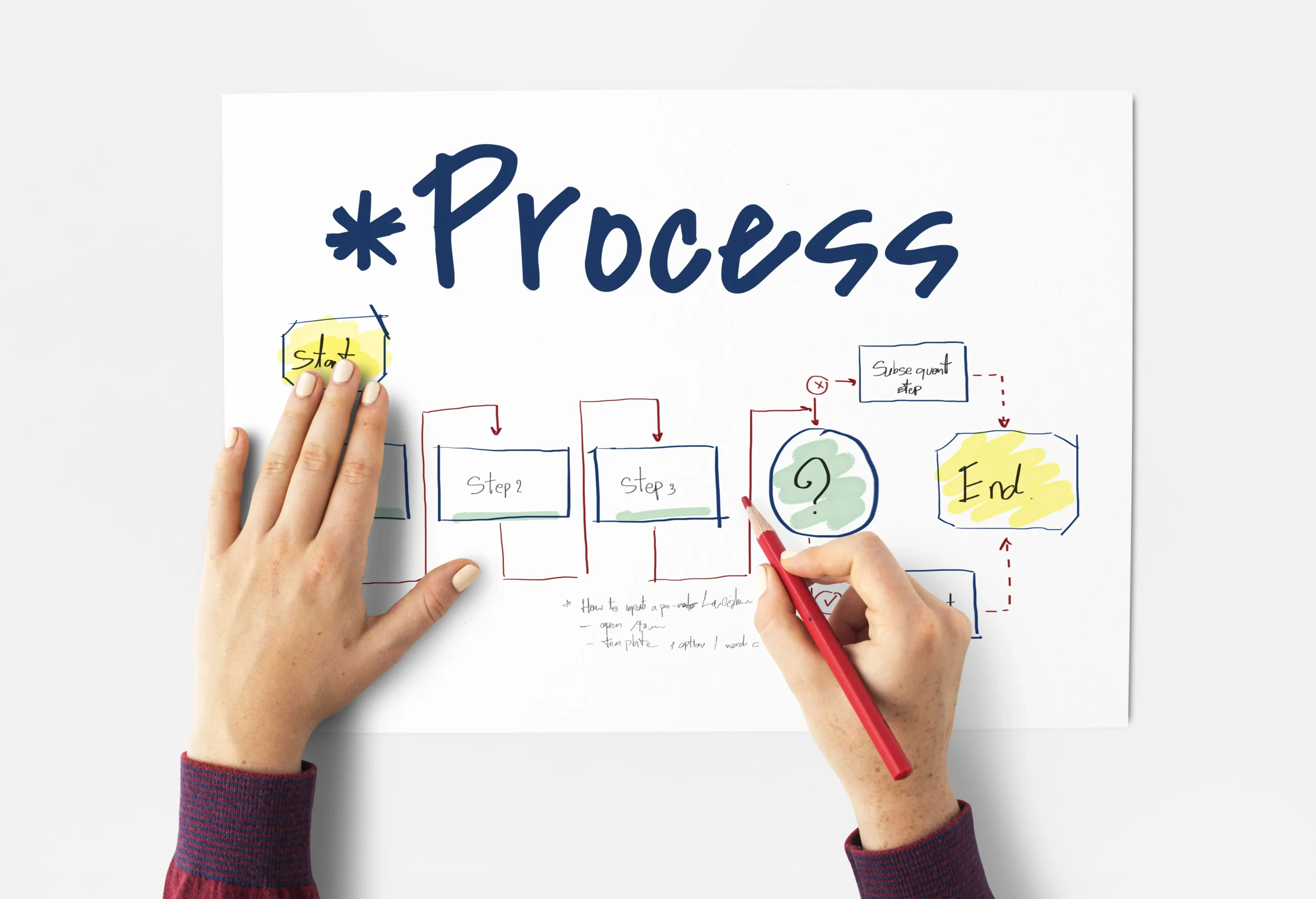What Are ITSM Tools?
ITSM (IT Service Management) tools are software solutions designed to manage how IT services are delivered within an organization. They follow best practices—typically based on ITIL (Information Technology Infrastructure Library)—to standardize service processes such as:
- Incident management
- Problem resolution
- Change control
- Asset and configuration tracking
- Service request fulfillment
Popular ITSM tools include ServiceNow, Freshservice, Jira Service Management, BMC Helix, and Ivanti—each offering a range of automation, integration, and analytics capabilities.
How ITSM Tools Drive Modern IT Service Management
1. Standardizing and Automating Workflows
Manual processes create bottlenecks and increase the risk of errors. ITSM tools automate routine tasks and standardize workflows, ensuring consistency across service delivery.
Benefits:
- Faster incident resolution
- Fewer mistakes from human error
- Clear accountability and escalation paths
2. Improving Visibility and Accountability
ITSM platforms provide a centralized view of tickets, assets, service history, and team performance.
Benefits:
- Real-time dashboards and analytics
- Clear SLAs and performance tracking
- Better decision-making through data insights
3. Enhancing End-User Experience
Modern ITSM tools come with user-friendly self-service portals and AI-driven chatbots. These features empower users to resolve common issues or request services without waiting for IT support.
Benefits:
- Reduced ticket volumes
- Faster service delivery
- Higher user satisfaction
4. Enabling Agile and DevOps Alignment
Many ITSM platforms now support agile methodologies and DevOps integration. This allows IT teams to manage change requests, deployments, and incidents in sync with development cycles.
Benefits:
- Faster software delivery
- Fewer disruptions during releases
- Better collaboration between IT and development
5. Supporting Compliance and Risk Management
ITSM tools help document changes, track configurations, and manage access controls—critical for meeting regulatory and security requirements.
Benefits:
- Audit-ready logs
- Controlled change management
- Stronger cybersecurity posture
Final Thoughts
Modern IT service management demands speed, clarity, and agility—and that’s exactly what ITSM tools deliver. They empower IT teams to move from reactive support to proactive service delivery, driving business performance in the process.
If your organization is still managing IT services manually or across fragmented systems, it’s time to consider an ITSM tool. It’s not just about better IT—it’s about building a better business.






